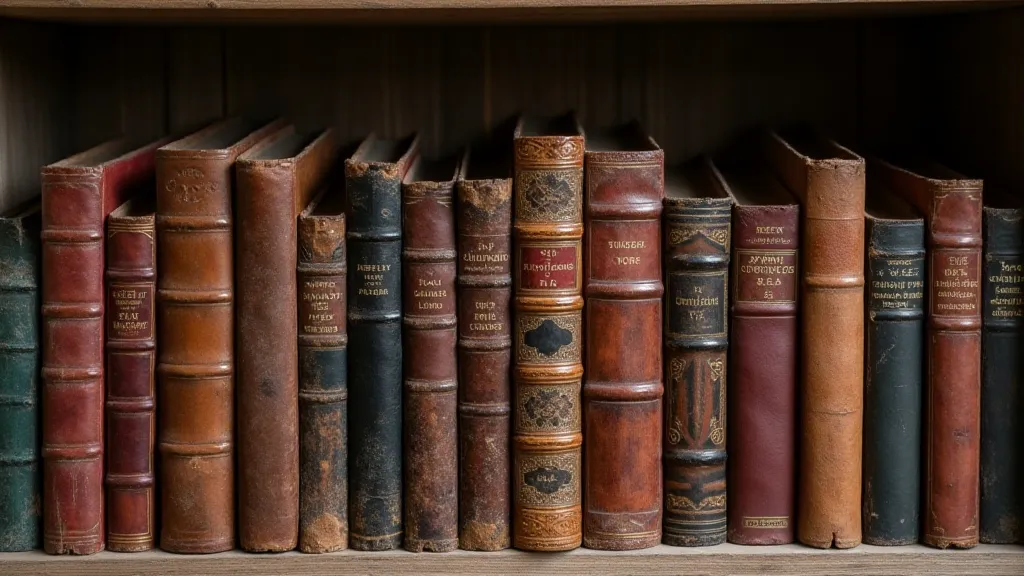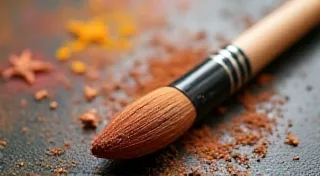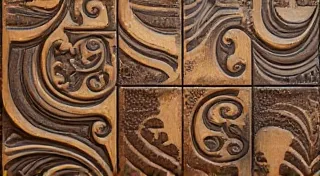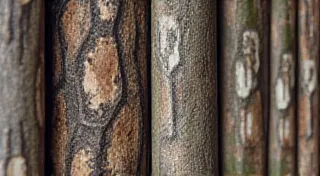The Spine’s Lament: Reflections on Structural Integrity in Leather Bindings
There's a certain melancholy that clings to antique accordions. It’s not a sadness of decay, though the cracking bellows and tarnished keys bear witness to the passage of time. It’s a melancholy born of utility, of a life spent fulfilling a purpose – to bring forth music. And in a similar vein, I find a profound resonance in the aged spines of leather-bound books. They whisper stories not just of the words held within, but of the very structure that keeps them together, a testament to the silent labor of the bookbinder.
My fascination with leather bookbinding didn’t begin with a desire to create; it began with a need to understand. My grandfather, a man of few words but boundless patience, bequeathed me a small library of aging books – not valuable first editions, mind you, but sturdy volumes filled with practical knowledge. Several suffered from cracked spines, the leather brittle and lifting. Their lament, a silent groan of structural failure, echoed the fragility of memory itself. I felt compelled to learn how to quiet that lament.
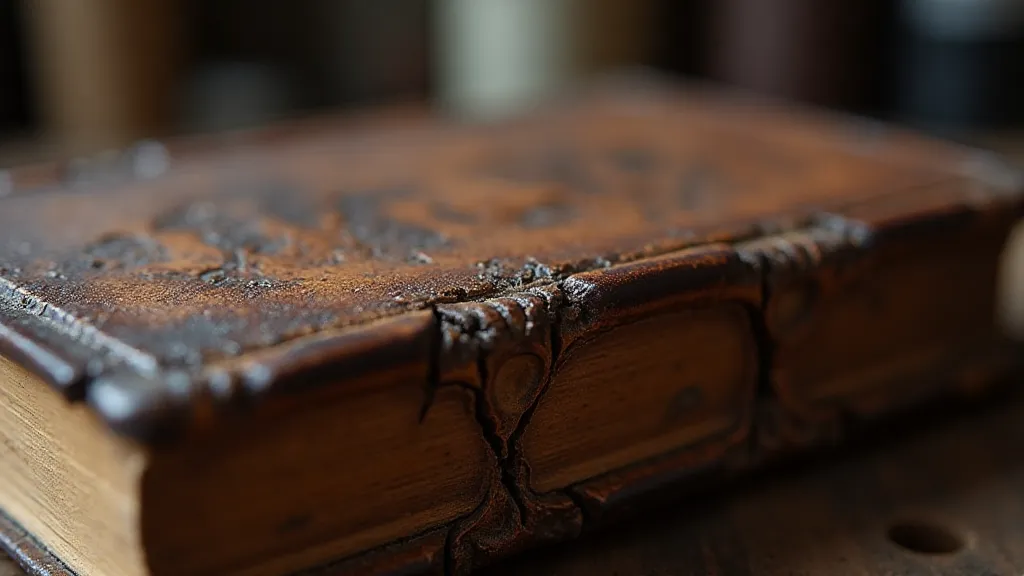
The Weight of History: Structural Demands on the Spine
The spine, in a leather-bound book, isn’t merely a decorative element; it's the backbone of the entire structure. It bears the considerable weight of the text block, resists the stresses of opening and closing, and protects the delicate pages within. Historically, bookbinders weren't just artisans; they were engineers, acutely aware of these structural demands. Early bindings often employed thick, layered boards and robust leather, frequently goatskin or calfskin, chosen for their durability and suppleness. The narrative relationship between the spine and the entire design is a fascinating area of study; one can see how spine design reflects a book's purpose and the values of its time. Further investigation into the spine as spine reveals even more about this crucial element.
Consider the complexity. The leather isn's simply glued to the boards. It's painstakingly stitched, often using linen thread, creating a strong, interlocking network that distributes pressure evenly. The endpapers, too, play a vital role, acting as a buffer between the text block and the cover, preventing damage to the first and last pages. Each element is integral, a delicate balance of materials and techniques. Beyond the technical considerations, there’s a rich history of artistic expression reflected in the tooling and decoration. The way a book’s spine is designed and executed provides invaluable clues about its age, origin, and the craftsman who created it.
A Stitch in Time: Exploring Leather Stitching Patterns
The stitching itself is more than just a means of securing the leather; it's a visual language, a subtle reflection of the binder's skill and the book’s intended purpose. Simple running stitches are common in less ornate bindings, while more complex patterns, like chain stitch or saddle stitch, add strength and aesthetic appeal. The choice of thread – linen, hemp, or silk – influences both the appearance and the longevity of the binding.
Recreating these historical techniques is a journey in itself. The required bookbinding tools list can seem daunting at first. Beyond the needles, awls, and thread, there's the importance of bone folders for crisp creases and the careful selection of parchment paper guide to protect surfaces during manipulation. The feel of the linen thread through your fingers, the rhythmic prick of the awl, the slow, deliberate stitching – it’s a meditative process that connects you to generations of artisans. Learning to appreciate the subtle nuances of edge gilding is an important part of understanding the complete aesthetic of a fine binding; it's a delicate process often overlooked but vital to the book's overall quality. For those wanting to delve deeper, beyond the visible offers a detailed look at the art of edge gilding.
One particularly satisfying stitch is the kettle stitch, a robust and visually striking pattern frequently seen in medieval bindings. Mastering it requires patience and precision, but the result is a strong and beautifully crafted spine. Often the simplest of repairs can be the most revealing; observing the materials used and the techniques employed can tell you more about the book's history than any inscription or provenance record. Sometimes the condition of a book presents a significant challenge, requiring innovative solutions to preserve its integrity. When faced with severe damage, recognizing when to restore versus simply preserve becomes a crucial ethical decision. Fractured narratives outlines the challenges and approaches to book repair for the intrepid binder.
The Dilemma of Preservation vs. Restoration
When faced with a damaged binding, the question arises: to preserve or to restore? Preservation aims to stabilize the existing structure, arresting further deterioration while retaining the original materials and techniques as much as possible. Restoration, on the other hand, aims to return the binding to a former state, often involving the replacement of damaged components.
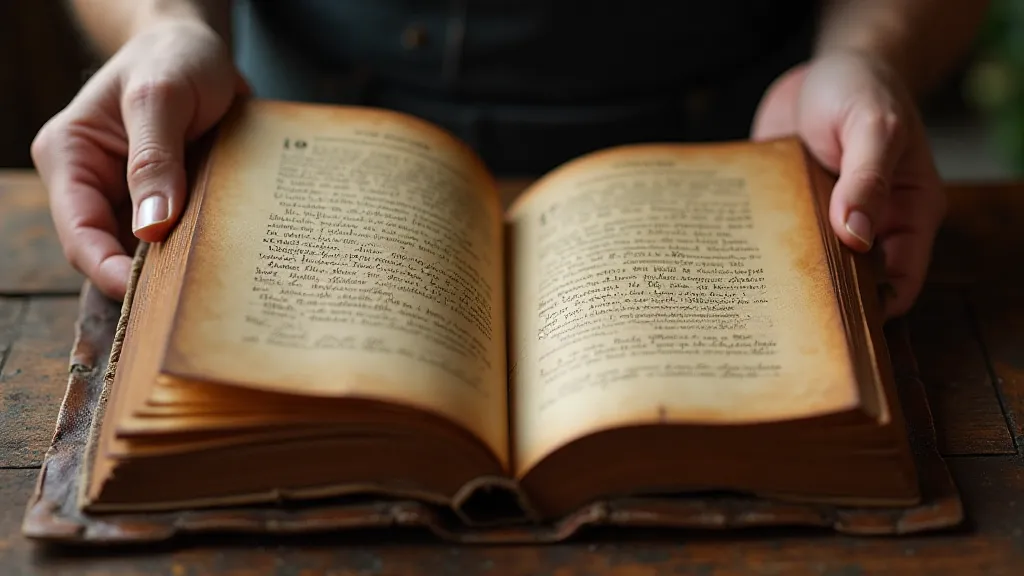
The ethical considerations are significant. Replacing original leather with a modern equivalent, while visually appealing, removes a layer of historical authenticity. There’s a weight to that original skin, a story etched into its fibers that can’t be replicated. However, allowing a binding to crumble entirely seems a tragedy in itself, a loss of knowledge and artistry. Understanding the principles of archival bookbinding provides a deeper appreciation for the long-term goals of conservation. For those seeking a comprehensive understanding of archival techniques and long-term conservation strategies, preserving legacy offers valuable insights.
My approach is often a compromise. I strive to reinforce existing structures whenever possible, using sympathetic materials and techniques that minimize intervention. Small repairs, like re-stitching a loose spine or consolidating flaking leather, can often extend the life of a binding significantly without compromising its historical integrity. If a section is irreparably damaged, I might opt for a sympathetic repair, using leather of similar age and texture, carefully replicating the original tooling as closely as possible. The skill and knowledge passed down through generations of bookbinders represent an invaluable cultural heritage. Protecting and transmitting this expertise requires a commitment to ethical practices and a deep respect for the historical record. Maintaining the structural integrity of a book demands a thorough understanding of the materials used and the techniques employed.
Beyond the Mechanics: Echoes of the Narrative
The most profound aspect of leather bookbinding, for me, lies not in the technical skill, but in the emotional connection it fosters. Each repair, each stitch, becomes a conversation with the original binder, an attempt to understand their intent, their craft, their relationship to the words they were enclosing.
Sometimes, the damage itself holds a story. A water stain might indicate a near-disaster, a missing corner might reveal a hurried repair, a faded inscription might offer a glimpse into the book's past. These imperfections, far from detracting from the book’s value, add depth and character, reminding us of its journey through time. A book's narrative extends beyond the printed words; it encompasses the history of its binding, the hands that have held it, and the places it has traveled. The creation of custom notebooks carries a particular satisfaction, offering a tangible link to traditional craftsmanship in a digital age. The ability to create something beautiful and durable provides a grounding experience, reaffirming the value of human skill and artistry.
Creating custom notebooks with leather bindings, for example, carries a particular satisfaction. The tangible quality, the feel of the leather under your fingertips, the knowledge that you’ve created something beautiful and durable—it’s a grounding experience in a world increasingly dominated by ephemeral digital content. Creating custom notebooks is a way to reclaim a sense of craftsmanship and permanence.
The lament of the spine, once a sound of structural failure, can become a song of resilience, a testament to the enduring power of craftsmanship and the profound connection between books, their bindings, and the stories they hold. The intricate details found in a binding can often provide clues about its history, origin, and the craftsman who created it. These subtle nuances add depth and character, reminding us of its journey through time.
